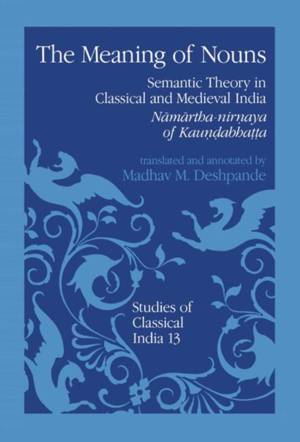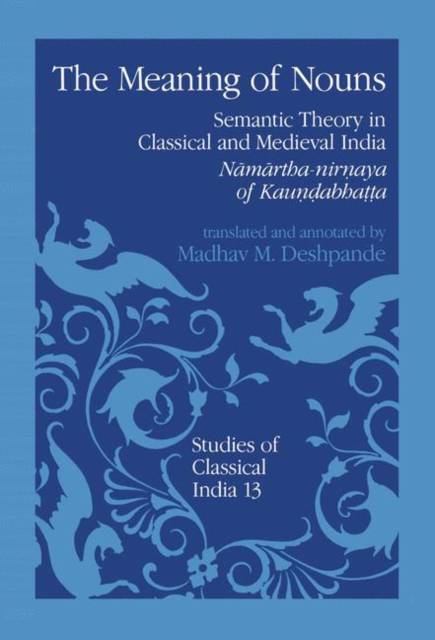
- Afhalen na 1 uur in een winkel met voorraad
- Gratis thuislevering in België vanaf € 30
- Ruim aanbod met 7 miljoen producten
- Afhalen na 1 uur in een winkel met voorraad
- Gratis thuislevering in België vanaf € 30
- Ruim aanbod met 7 miljoen producten
Zoeken
€ 237,59
+ 475 punten
Omschrijving
Kaunabhatta's Vaiyakarana-bhusana is a massive work on semantic theory written in India in the 17th century.
Specificaties
Betrokkenen
- Auteur(s):
- Uitgeverij:
Inhoud
- Aantal bladzijden:
- 297
- Reeks:
Eigenschappen
- Productcode (EAN):
- 9789401052214
- Verschijningsdatum:
- 21/10/2012
- Uitvoering:
- Paperback
- Afmetingen:
- 152 mm x 223 mm
- Gewicht:
- 459 g

Alleen bij Standaard Boekhandel
+ 475 punten op je klantenkaart van Standaard Boekhandel
Beoordelingen
We publiceren alleen reviews die voldoen aan de voorwaarden voor reviews. Bekijk onze voorwaarden voor reviews.








